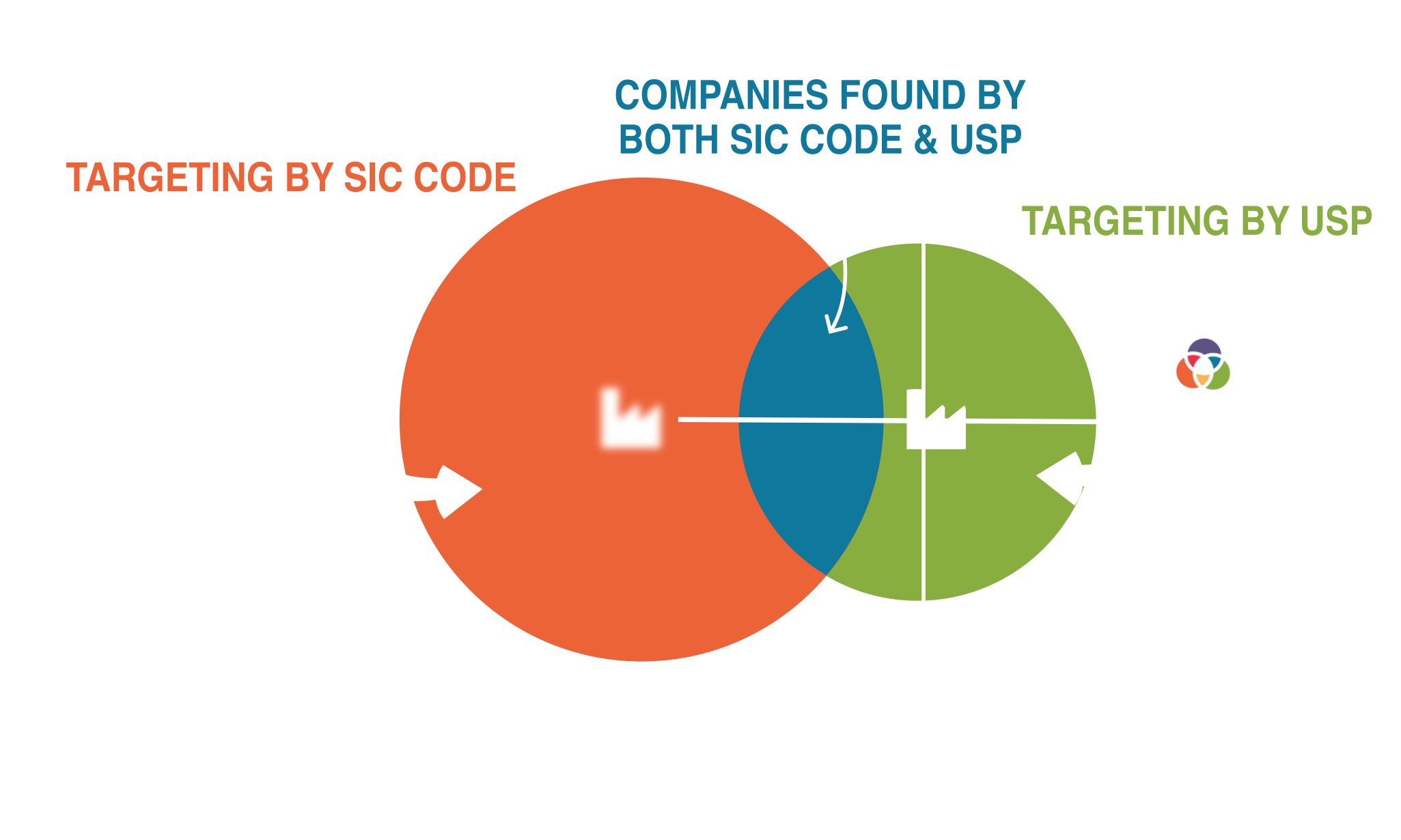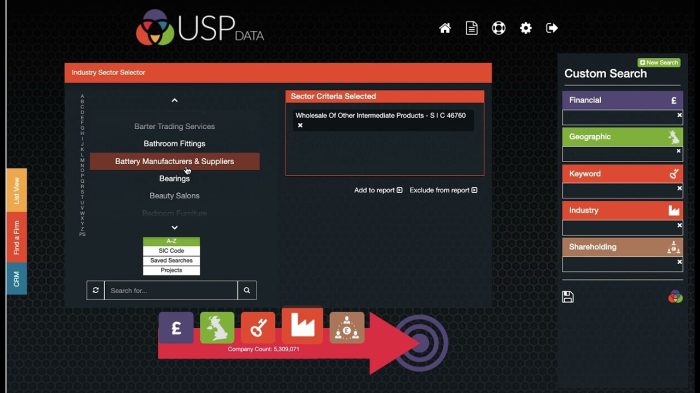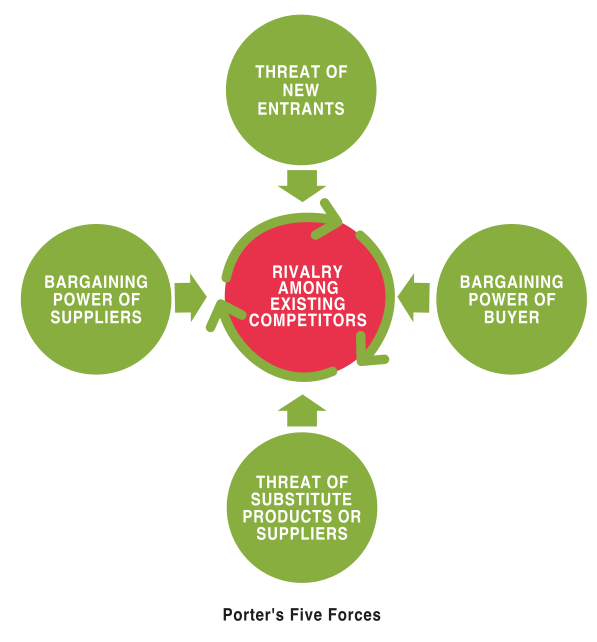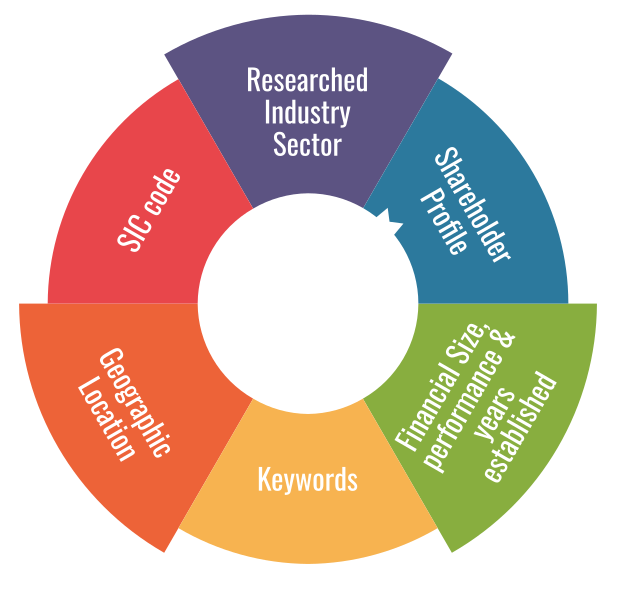
While Standard Industrial Classification (SIC) codes have traditionally served as a basis for industry classification, their limitations in accuracy, especially in a dynamic business environment, have become increasingly apparent. This article delves into the advantages of researched industry sector listings over SIC code classifications, with a focus on improving accuracy in classification. It examines how SIC codes, established at the time of company formation, often fail to reflect the evolving nature of businesses, resulting in missed opportunities and inefficiencies in market segmentation efforts.
Evolving Business Landscapes:
One of the primary shortcomings of SIC code classifications is their static nature, determined at the inception of a company and rarely updated thereafter. In contrast, researched industry sector listings adapt to the dynamic nature of businesses, reflecting changes in industry trends, consumer preferences, and technological advancements. As businesses evolve over time, their core activities and market positioning may shift, rendering their original SIC code classification inaccurate. Researched industry sector listings, through ongoing analysis and updates, ensure that businesses are accurately categorised, thereby enhancing the precision of target market identification and segmentation efforts.
Mitigating Misclassifications:
SIC code classifications, formulated based on broad industry categories, often result in misclassifications that can obscure meaningful insights and opportunities. Businesses may find themselves incorrectly categorised within industries that do not align with their core activities or target market segments. This misclassification not only leads to missed opportunities but also wastes valuable resources as marketing efforts are directed towards irrelevant audience segments. Researched industry sector listings, driven by comprehensive market research and analysis, mitigate the risk of misclassifications by providing a nuanced understanding of businesses’ actual industry affiliations and market positioning.
Granular Precision:
While SIC codes offer a hierarchical classification system, they lack the granularity required to accurately capture the diverse landscape of modern industries. Researched industry sector listings, on the other hand, provide a more nuanced view, allowing businesses to delve deeper into specific market segments and niche industries. This granular precision enables businesses to identify untapped market opportunities, tailor their products or services to meet niche customer needs, and differentiate themselves from competitors. By leveraging researched industry sector listings, businesses can refine their market segmentation strategies with greater precision, maximising the effectiveness of their marketing efforts and driving revenue growth.
Real-Time Insights:
In today’s fast-paced business environment, real-time insights are essential for staying ahead of the competition and capitalising on emerging market trends. SIC code classifications, based on outdated methodologies and infrequent updates, often fail to provide timely insights into evolving industry dynamics. Researched industry sector listings leverage up-to-date market research data and analytics tools to deliver real-time insights into market trends, competitor activities, and consumer behaviour. By incorporating real-time insights into their target market and segmentation strategies, businesses can adapt quickly to changing market conditions, identify new growth opportunities, and optimise their market positioning for maximum impact.

Strategic Agility:
The ability to adapt quickly to changing market conditions is paramount for business success in today’s dynamic landscape. Researched industry sector listings empower businesses with strategic agility, allowing them to pivot their market segmentation strategies in response to evolving industry trends and consumer preferences. Unlike SIC code classifications, which may lock businesses into outdated industry classifications, researched industry sector listings enable agile decision-making, ensuring that businesses remain responsive to market dynamics and competitive pressures. This strategic agility not only enhances the accuracy of target market identification but also positions businesses for sustained growth and resilience in an ever-changing marketplace.
In conclusion, the advantages of researched industry sector listings over SIC code classifications, particularly in improving the accuracy of classification, are clear. By embracing researched industry sector listings, businesses can overcome the limitations of static SIC codes, mitigate misclassifications, and gain granular precision in target market identification and segmentation. Moreover, the real-time insights and strategic agility afforded by researched industry sector listings enable businesses to adapt quickly to evolving market conditions, capitalise on emerging opportunities, and maintain a competitive edge. As businesses continue to evolve and industries undergo transformation, leveraging researched industry sector listings becomes indispensable for driving growth and profitability in an increasingly dynamic business landscape.
Latest articles
Enhancing Acquisition Success through Effective Business Segmentation

In the dynamic landscape of mergers and acquisitions (M&A), the process of business segmentation emerges as a critical component for identifying and evaluating potential targets. Business segmentation within the context of acquisitions involves the strategic categorization of target companies based on various criteria such as financial performance, geographic presence, industry sector, and shareholder profile. This…
Continue reading...Maximizing Business-to-Business Market Segmentation with Comprehensive Data

Understanding your target market is crucial for success in today’s ever-changing business environment. For B2B companies, effective market segmentation serves as the cornerstone of strategic decision-making and customer engagement. However, achieving precision targeting requires more than just surface-level insights. It demands leveraging comprehensive data, including researched industry sector reports, to optimize Business to Business market…
Continue reading...Leveraging Industry-Leading Firmographic Data Selections for Efficient Business Segmentation

Business segmentation plays a crucial role in tailoring marketing strategies, identifying target markets, and optimising resource allocation. However, the sheer volume of available data can overwhelm businesses, making it challenging to extract actionable insights efficiently. In this context, leveraging industry-leading firmographic data selections, encompassing SIC codes, researched listings, financial parameters, geographic parameters, keywords, and shareholder…
Continue reading...Find Company Information quickly with the USP Data App

Accelerating Deal Origination Deal Origination is made easier with the USP Data app. Because the universe of live UK companies is large we have included industry leading firmographic data selection tools to help you sift this mass of data to find company information you can rely on. The idea is that you can quickly screen…
Continue reading...Unveiling the Power of Niche Market Identification for Business Success

In a competitive SME business landscape, understanding and identifying relevant market niches is key. Of the 5 million plus limited companies live at Companies House there are probably only 1.7 million or so that are not dormant, intermediate holding companies or property management firms. This is still a considerable number to trawl through when attempting…
Continue reading...Converting your research to useful analysis

Just as a carpenter needs a saw in the toolbox to be taken seriously, anyone researching UK companies needs a tool like USP Data. Access to the latest information in an intuitive format is a pre-requisite if progress from research to analysis is to be swift. The definitive analysis of the list of suitable companies…
Continue reading...Shareholder Screening Guide

Shareholder profile can now be used as an additional screening criteria directly. SO the usual financial, geographic and sector seclections become subject to the selected shareholder profile such as age, and percentage of the shares. Using the templates you can extract the mailing addresses for the main shareholders for the shortlist of companies of interest…
Continue reading...Crm Upgrade Guide

The CRM has received a significant upgrade in the latest edition of USP Data. The CRM remains the best place to save your work. CRM projects can be viewed directly on the list view and exported or pushed through one of the new templates you are able to define. A big change is the manner…
Continue reading...Data Templates Guide

Templates are a new addition to USP Data. The idea is that any data displayed in the List View can be viewed or exported using a template which you can define to exactly suit your purposes: You can select the exact data of interest from USP Data You can order the columns in the template…
Continue reading...Find Firm Improvements Guide

The Find a Firm side tab which provides access to the latest information on all the live companies at Companies House has been improved by: Allowing the search returns to run to 10,000 records rather than just 300 Listing the SIC code report as well as the researched report in which each company is listed…
Continue reading...High Quality Keyword Search

Using keywords can be a great to identify the companies likely to be of interest. Of course the quality of the data being searched needs to be high and even then care needs to be taken if keyword searches are to result in useful suggestions. The latest update to USP focuses on adding powerful options…
Continue reading...How to make Due Diligence easy

Assessment of business plans, corporate acquisitions or disposals and refinancing will all require due diligence investigations to confirm the facts being represented in the matter under consideration. This will require a tool or series of tools which allow an independent audit of the information being presented so that it may be confirmed in both hard…
Continue reading...Lead Building – sifting the wheat from the chaff

The sales funnel is a familiar concept which tracks the conversion of new contacts from suspects to leads to prospects and then to customers. This is typically represented as a cone with lots of leads being fed into the top of the cone and a much smaller number of customers resulting at the bottom. The…
Continue reading...Unlocking the opportunities hidden in abbreviated accounts

As you know Company Law allows “Small Companies” an option of disclosing less information at Companies House. This means that there is imperfect information in the public domain for SME firms. Companies House is the only verifiable source of financial data on privately held companies. As a result most of the attention is on the…
Continue reading...Valuing Companies Guide

Valuation is a tricky business! In a world of perfect information all risks are known, alternatives can be compared with certainty and cashflows can be discounted to provide the value of a firm. AI could be used to accurately land on a valuation which accounted for all the factors. It is clear that such perfect…
Continue reading...